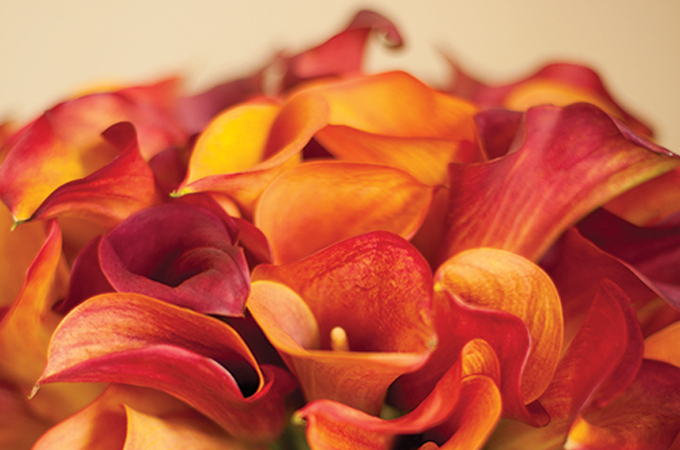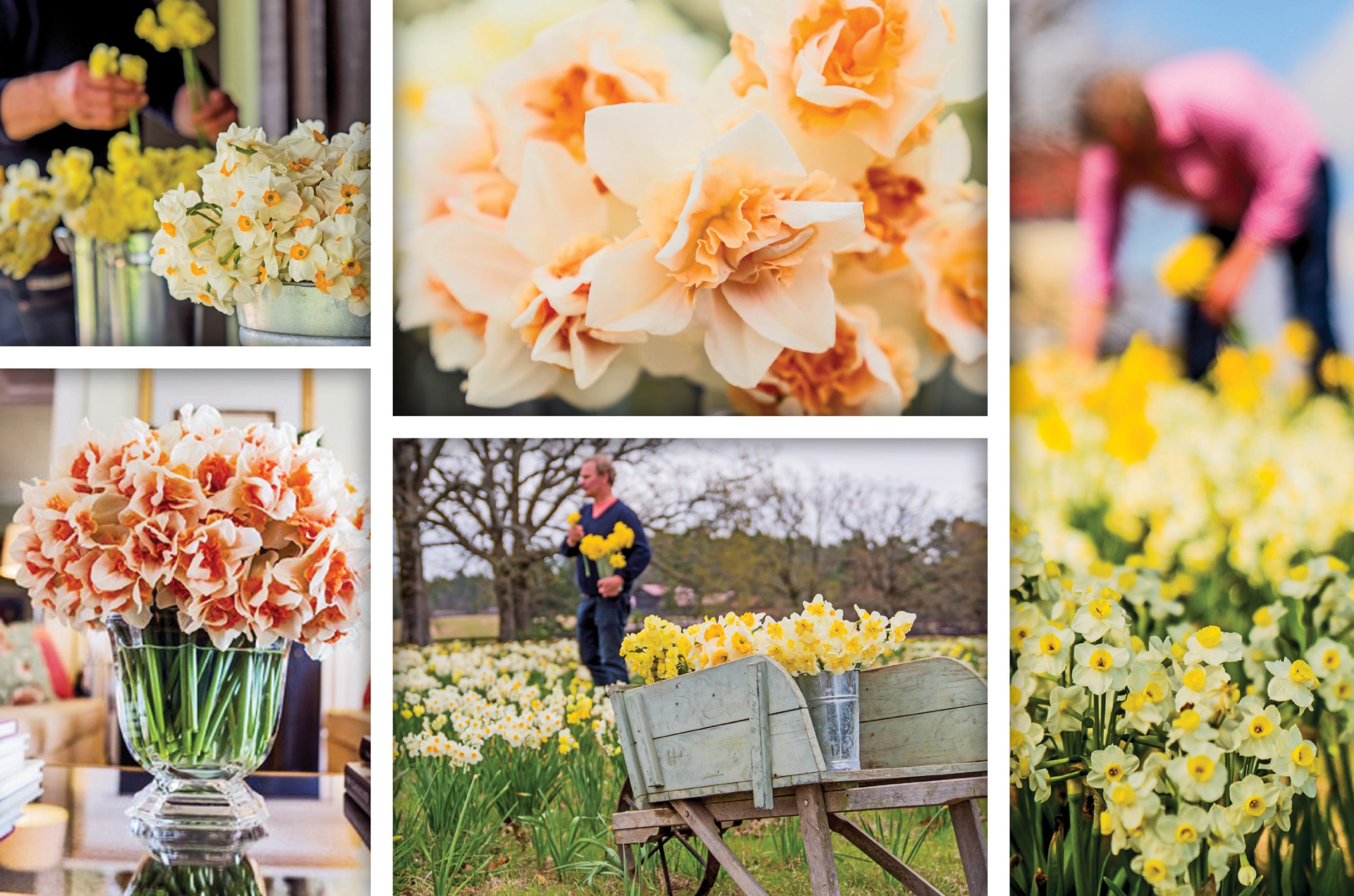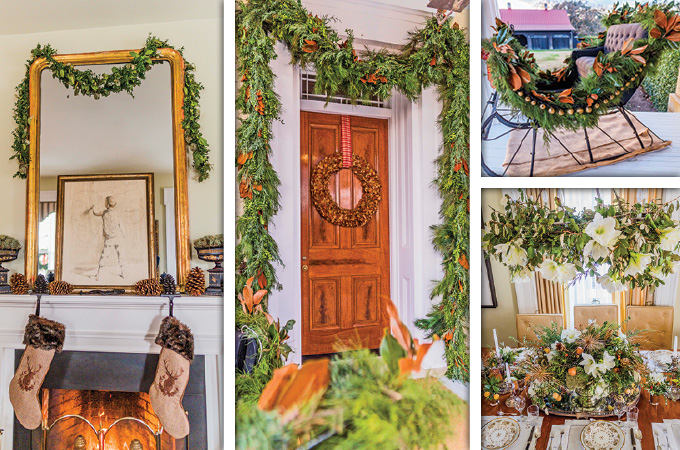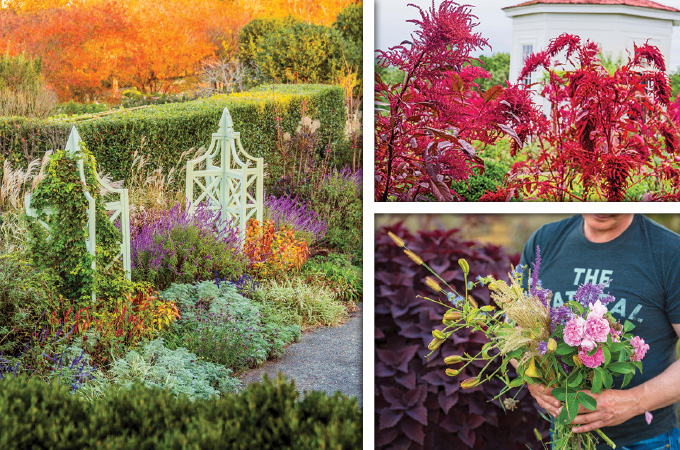Most of us want ginormous, stupendous blossoms and magnificent foliage to match—and lots of them. If this is you, then planting summer bulbs definitely is the way to go. Bulbs are a sort of ‘pre-packaged flower,’ and all it takes is a little bit of patience and work to unwrap these glorious jewels. Thank goodness there’s a wide variety to choose from—so dream big this summer.
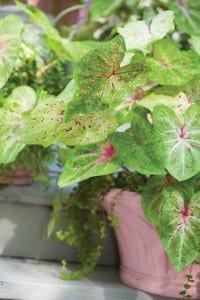
[what’s all the hub bulb about?]
When it comes to showy spring flowers, true bulbs, like daffodils and tulips, are a no-brainer. But bigger and bolder summer blooms come from pseudo bulbs like rhizomes, corms and tubers. Although not considered true bulbs, they are herbaceous plants that provide underground food storage for new plants, with similar results to those of bulbs.
Late spring or early summer is the best time to plant these. A good rule of thumb is to plant when soil temperature is between 40 and 60 degrees, and plant close to the soil’s surface, about 1 to 2 inches deep. Well-drained soil is preferred.
[great foliage]
When it comes to bulbs with majestic foliage, you can’t showcase your garden any better than with elephant ears, caladiums or cannas. Elephant ears give a striking tropical effect that make a great showing as a backdrop or a center of interest in any garden. Caladiums are attractive in combination with ferns and hostas to highlight shady corners in the garden. Cannas will provide a bold canvas for any blooms you choose.
[abundant blooms]
If you want big, bodacious blooms this year, dare to fill your garden with a multitude of eye-catching dahlias and lily variations.
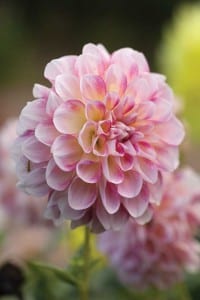
Dahlias are subtropical showstoppers, and there’s no better way to enjoy their robust blooms than to plant them in large drifts in a flower border.
Lilies, such as the Asiatic and Oriental, need plenty of sun. Of all the modern lily hybrids, the Asiatic is the easiest to grow, but Oriental have large, delicate, curved petals and a sweet fragrance.
Calla lilies, though similar in appearance, are not considered true lilies. Nevertheless, they are stunning additions to your garden and prefer full sun or partial shade.
Remember: think big blooms, big color, and big garden attitude. Be bodacious!
Pictured: Zantedeshia (calla lily)
Photo : Jane Colclsure
[P. Allen Smith, host of two public television programs, is an award-winning designer and gardening expert. He is the author of several books, including Seasonal Recipes from the Garden.]





